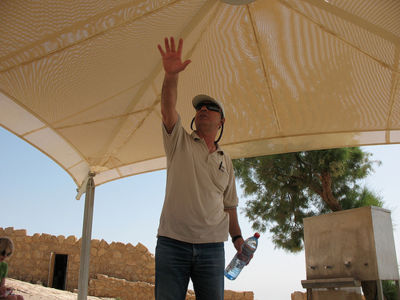Day in the life of a tour guide/Activities/Communication Process
Objective
Unit Standard 23758 - V1, Level 3, Credit 4 - Demonstrate knowledge of communication and customer service theory in a tourism workplace. Element 1 (PC 1.1- 1.5)
(This is a closed book assessment)
Activity
The communication process
Tasks
Gannet Beach Adventures want to employ another tour guide for their operation in the Hawkes Bay. They have an applicant coming for an interview and want to ensure that any new employee has a good understanding of the communication process, which is essential to excellent customer service.
As a way of measuring the applicant's knowledge of communicating as a tour guide you ask them to draw a diagram outlining the following communication process.
Scenario 1: You, as a tour guide, have gathered your clients together for the first time, wanting to introduce yourself and find out a little about the group.
Task 1
Please draw the communication process labelling all parts: (PC 1.1)
- sender
- encoding
- the message
- the channel
- the receiver
- decoding
- feedback
Task 2
1. Explain why clarity of speech will be important when you talk to your group for the first time. (PC 1.2)
2. Explain why these types of non-verbal communication, personal space and open body language would be helpful for you to use when talking to the group for the first time. (PC 1.3, 1.5)
3. Explain what impact on your communication these barriers; cultural differences, stereotyping and word choice may have on your talk to the group.(PC 1.4)
Task 3
Scenario 2: You are taking a group of clients on a tractor ride to the Cape Kidnappers Bird Sanctuary and need to explain the health and safety procedures before proceeding.
1. Explain why questioning and listening skills will be important when you talk to your group. (PC 1.2)
2. Explain why eye contact, as a form of non-verbal communication, is important when talking to the group. (PC 1.3, 1.5)
3. Explain what impact on your communication these barriers; not listening actively, age differences and physical barriers may have on your talk to the group.(PC 1.4)
Task 4
Scenario 3: You are at the bird sanctuary and half way through your interpretation it starts to rain and you must gather your group up and take them to shelter.
1. Explain why voice projection will be important in this situation. (PC 1.2)
2. Explain why it is important to consider your client's personal space, and provide them with feedback, when you are gathering them up and moving them. (PC 1.3, 1.5)
3. Explain what impact on your communication these barriers; voice modulation and articulation, personal and educational differences may have on your talk to the group.(PC 1.4)
Supporting Resources
- course notes
